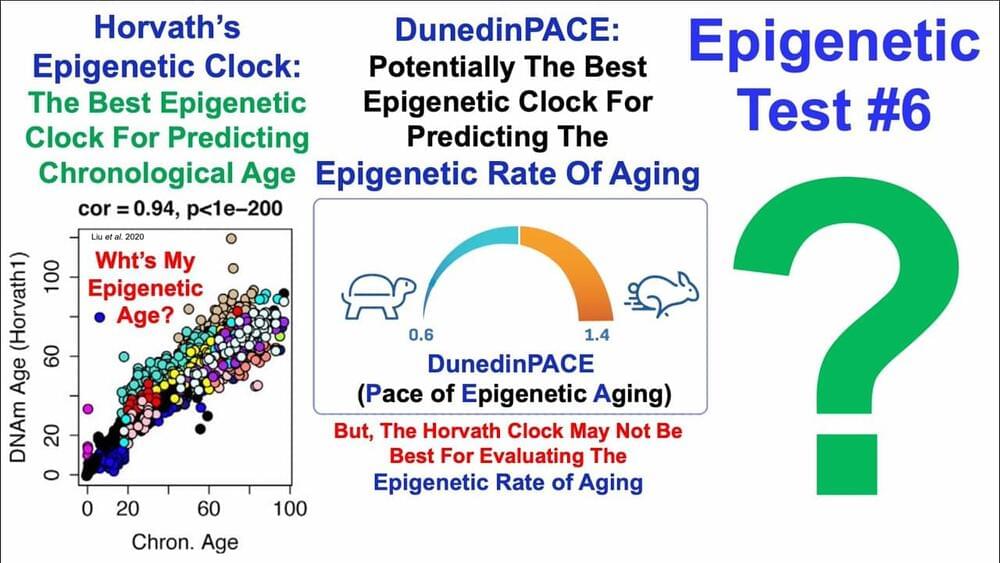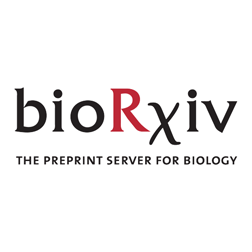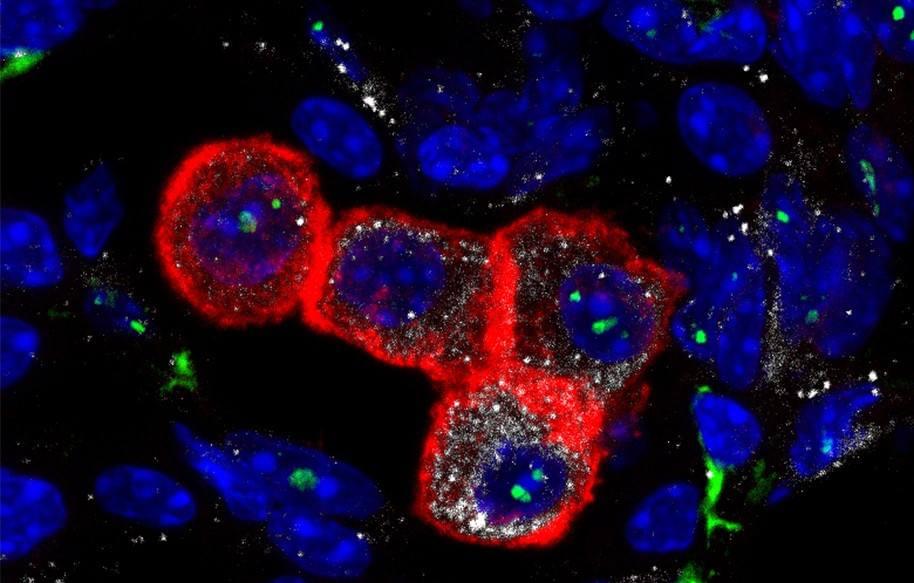
Research from the Babraham Institute has developed a method to ‘time jump’ human skin cells by 30 years, turning back the ageing clock for cells without losing their specialised function. Work by researchers in the Institute’s Epigenetics research programme has been able to partly restore the function of older cells, as well as rejuvenating the molecular measures of biological age. The research is published today in the journal eLife and whilst at an early stage of exploration, it could revolutionise regenerative medicine.
What is regenerative medicine?
As we age, our cells’ ability to function declines and the genome accumulates marks of ageing. Regenerative biology aims to repair or replace cells including old ones. One of the most important tools in regenerative biology is our ability to create ‘induced’ stem cells. The process is a result of several steps, each erasing some of the marks that make cells specialised. In theory, these stem cells have the potential to become any cell type, but scientists aren’t yet able to reliably recreate the conditions to re-differentiate stem cells into all cell types.



 The African turquoise killifish is an emerging vertebrate model organism with great potential for aging research due to its naturally short lifespan. Thus far, turquoise killifish aging omic studies using RNA-seq have examined a single organ, single sex and/or evaluated samples from non-reference strains. Here, we describe a resource dataset of ribosomal RNA depleted RNA-seq libraries generated from the brain, heart, muscle, and spleen from both sexes, as well as young and old animals, in the reference GRZ turquoise killifish strain. We provide basic quality control steps and demonstrate the utility of our dataset by performing differential gene expression and gene ontology analyses by age and sex. Importantly, we show that age has a greater impact than sex on transcriptional landscapes across probed tissues. Finally, we confirm transcription of transposable elements (TEs), which are highly abundant and increase in expression with age in brain tissue. This dataset will be a useful resource for exploring gene and TE expression as a function of both age and sex in a powerful naturally short-lived vertebrate model.
The African turquoise killifish is an emerging vertebrate model organism with great potential for aging research due to its naturally short lifespan. Thus far, turquoise killifish aging omic studies using RNA-seq have examined a single organ, single sex and/or evaluated samples from non-reference strains. Here, we describe a resource dataset of ribosomal RNA depleted RNA-seq libraries generated from the brain, heart, muscle, and spleen from both sexes, as well as young and old animals, in the reference GRZ turquoise killifish strain. We provide basic quality control steps and demonstrate the utility of our dataset by performing differential gene expression and gene ontology analyses by age and sex. Importantly, we show that age has a greater impact than sex on transcriptional landscapes across probed tissues. Finally, we confirm transcription of transposable elements (TEs), which are highly abundant and increase in expression with age in brain tissue. This dataset will be a useful resource for exploring gene and TE expression as a function of both age and sex in a powerful naturally short-lived vertebrate model.













